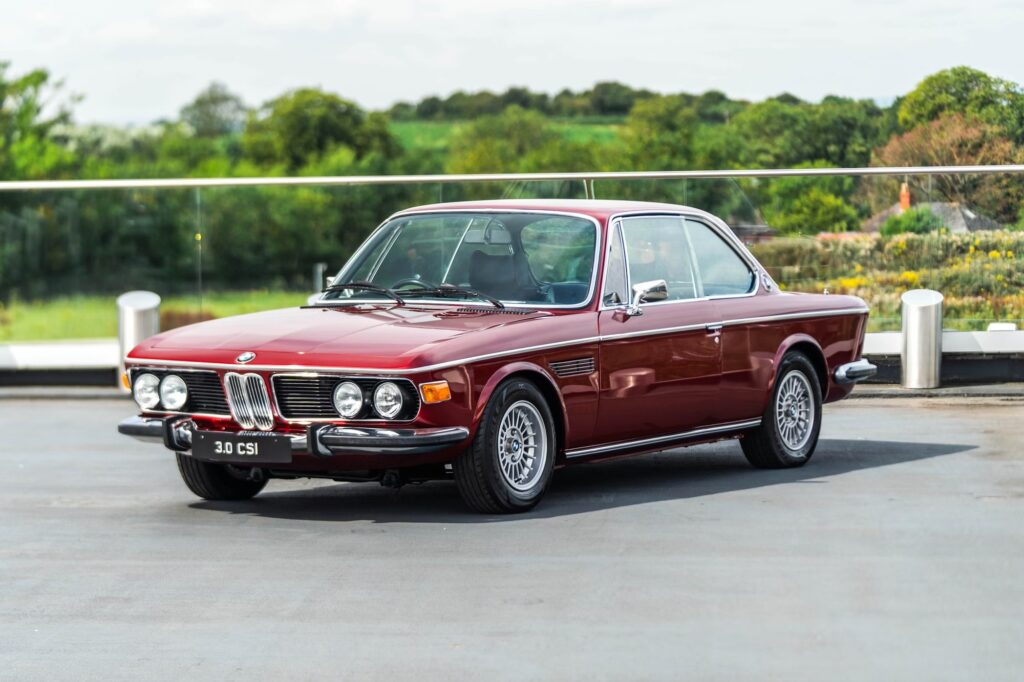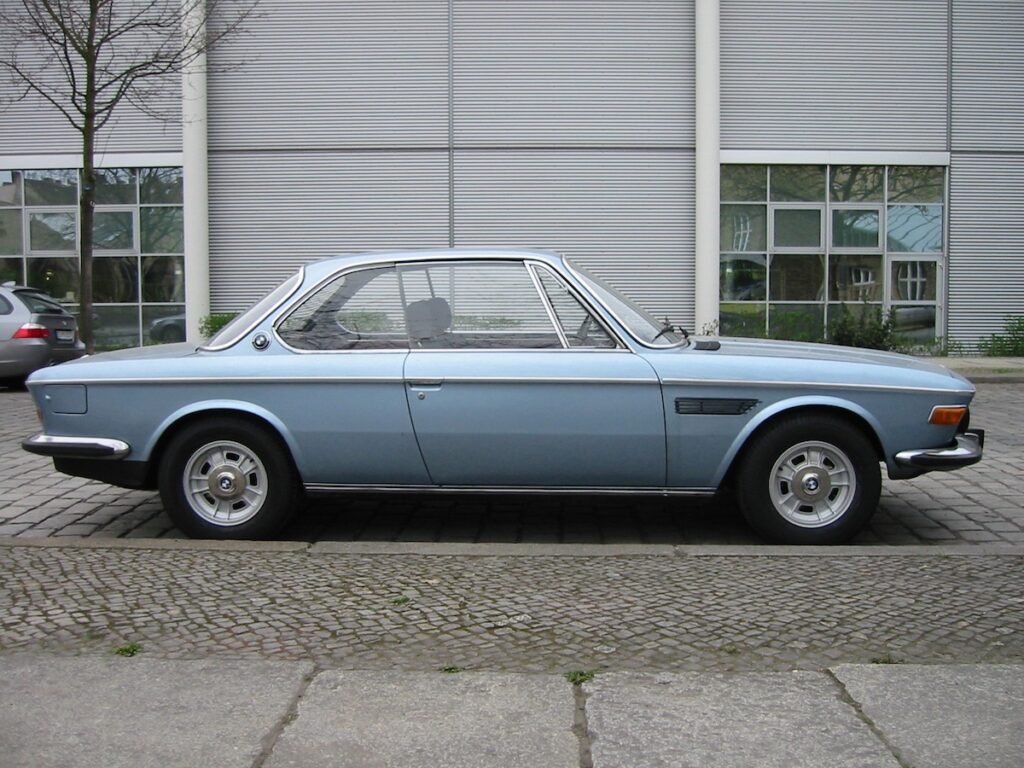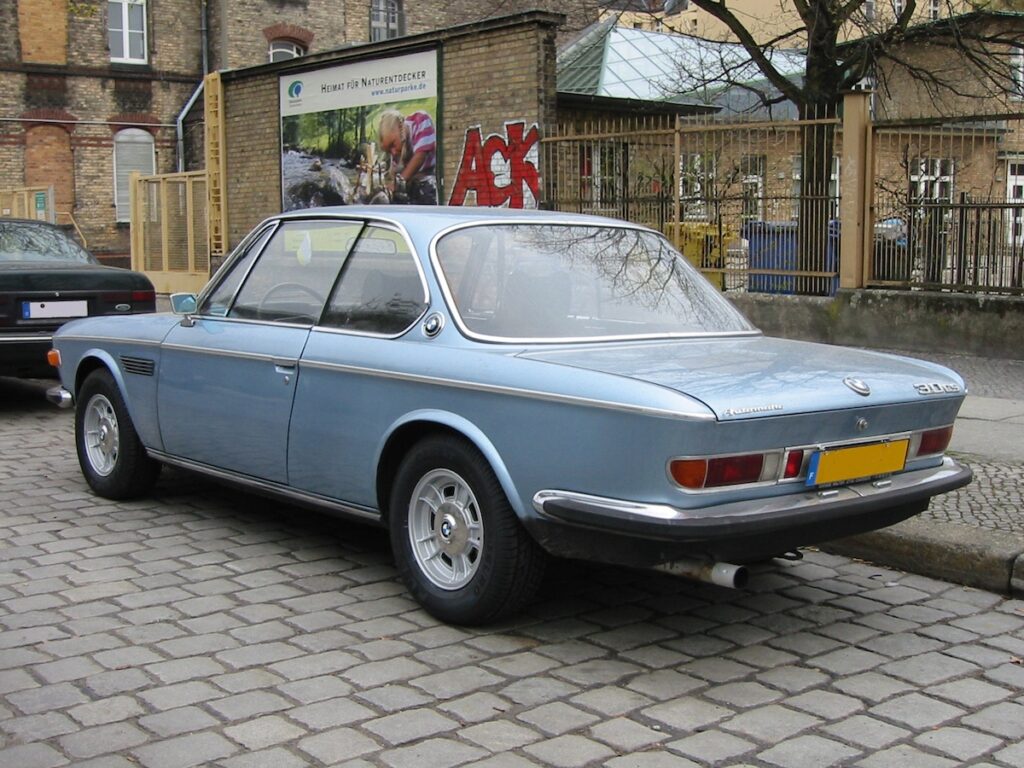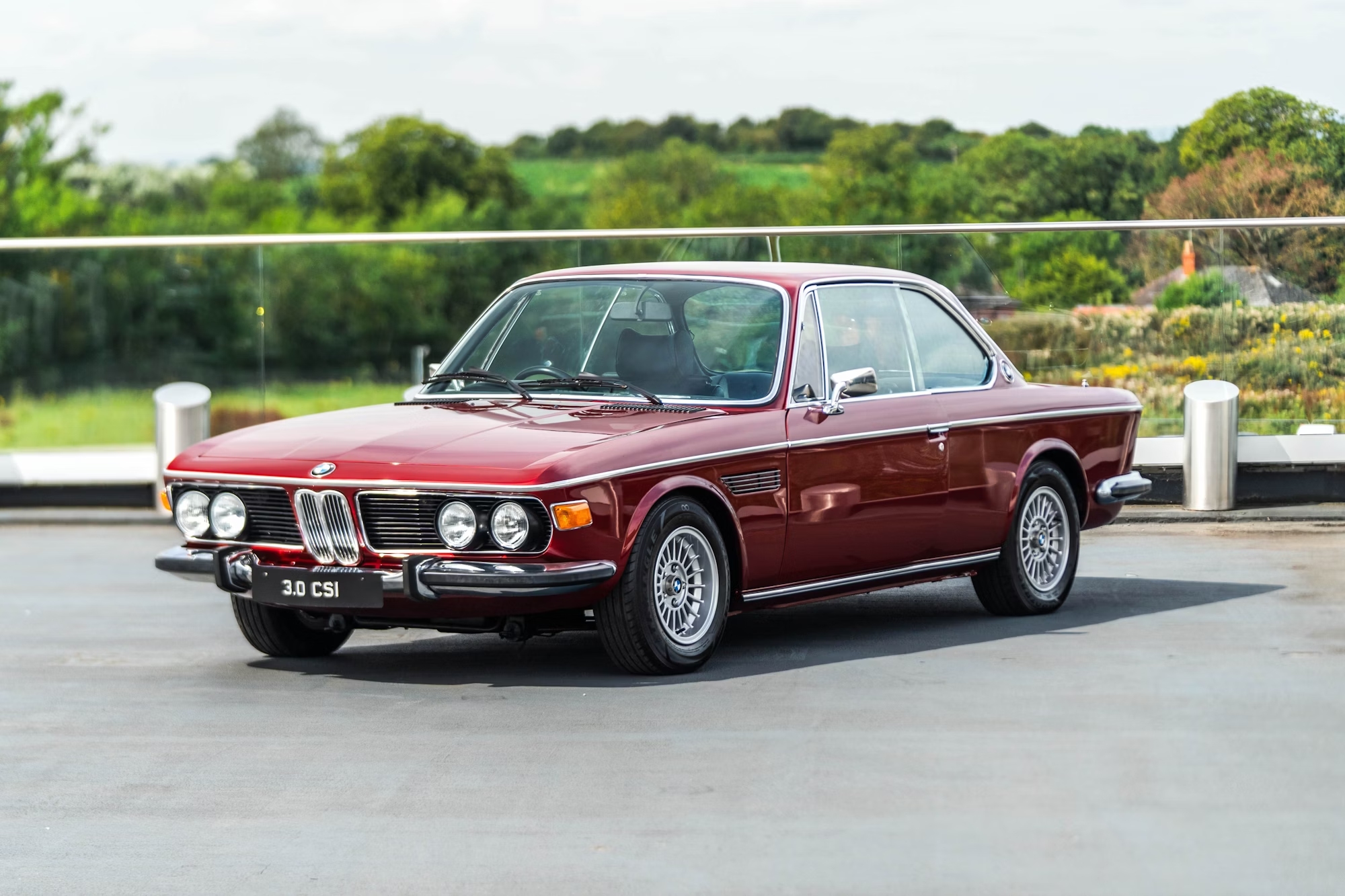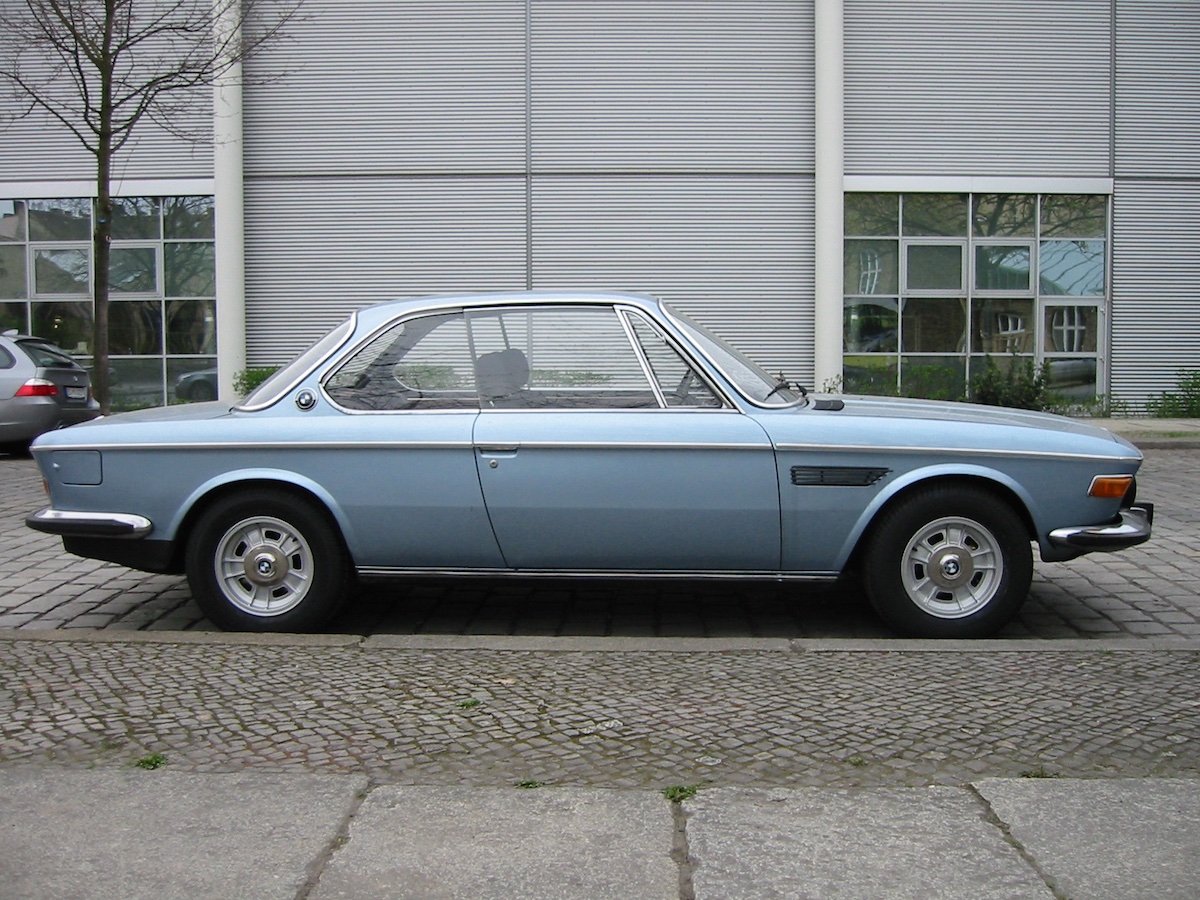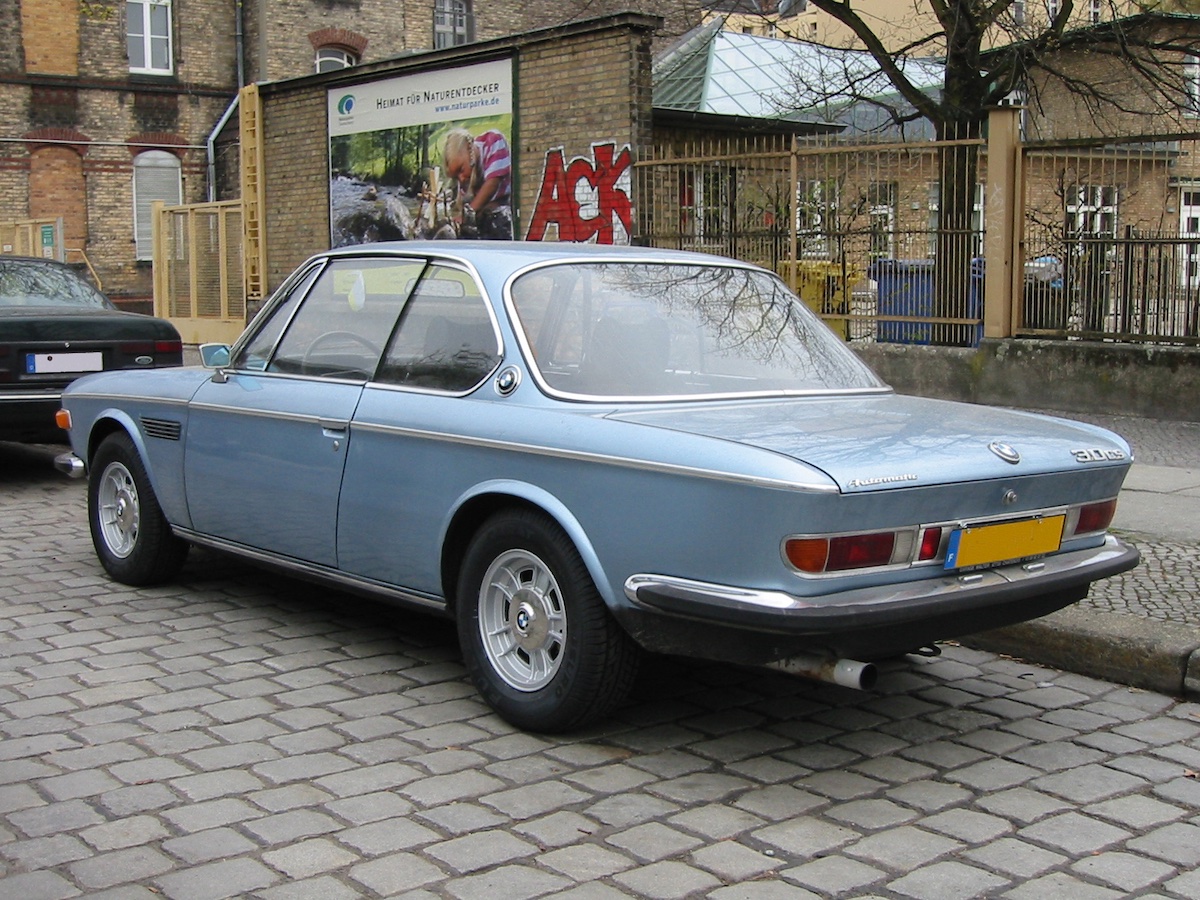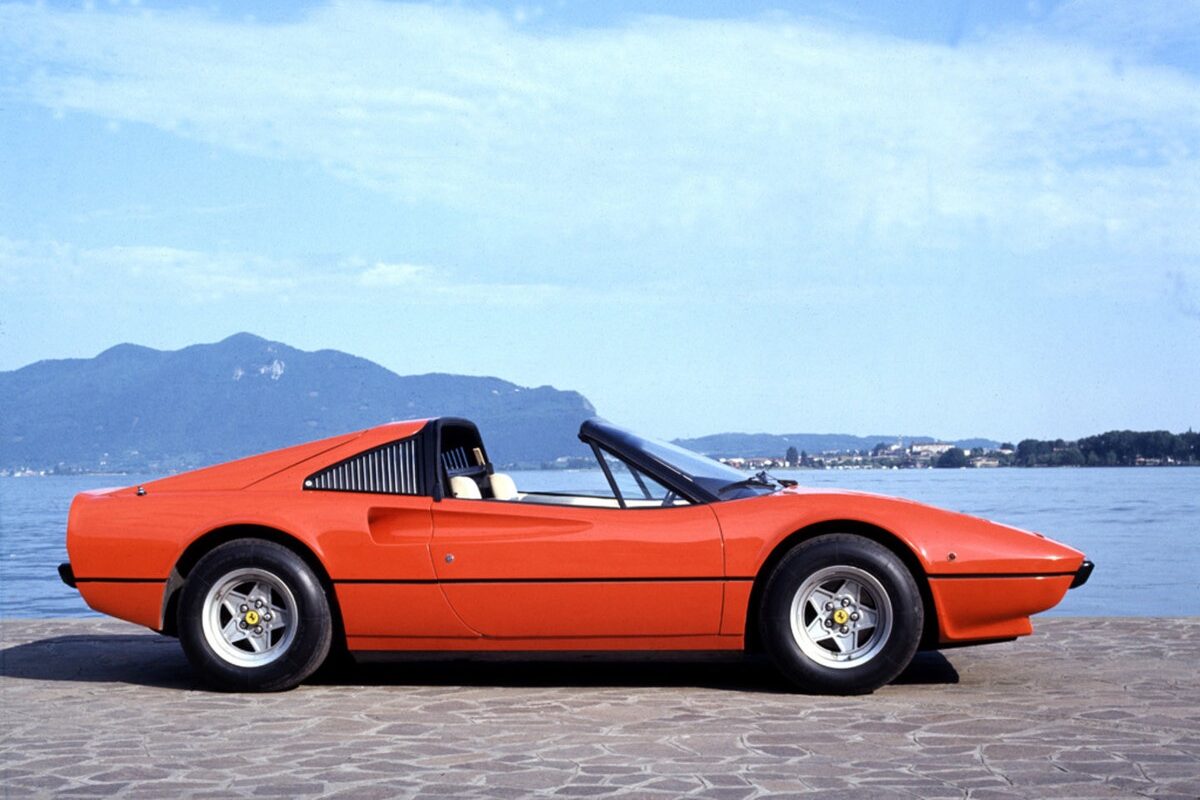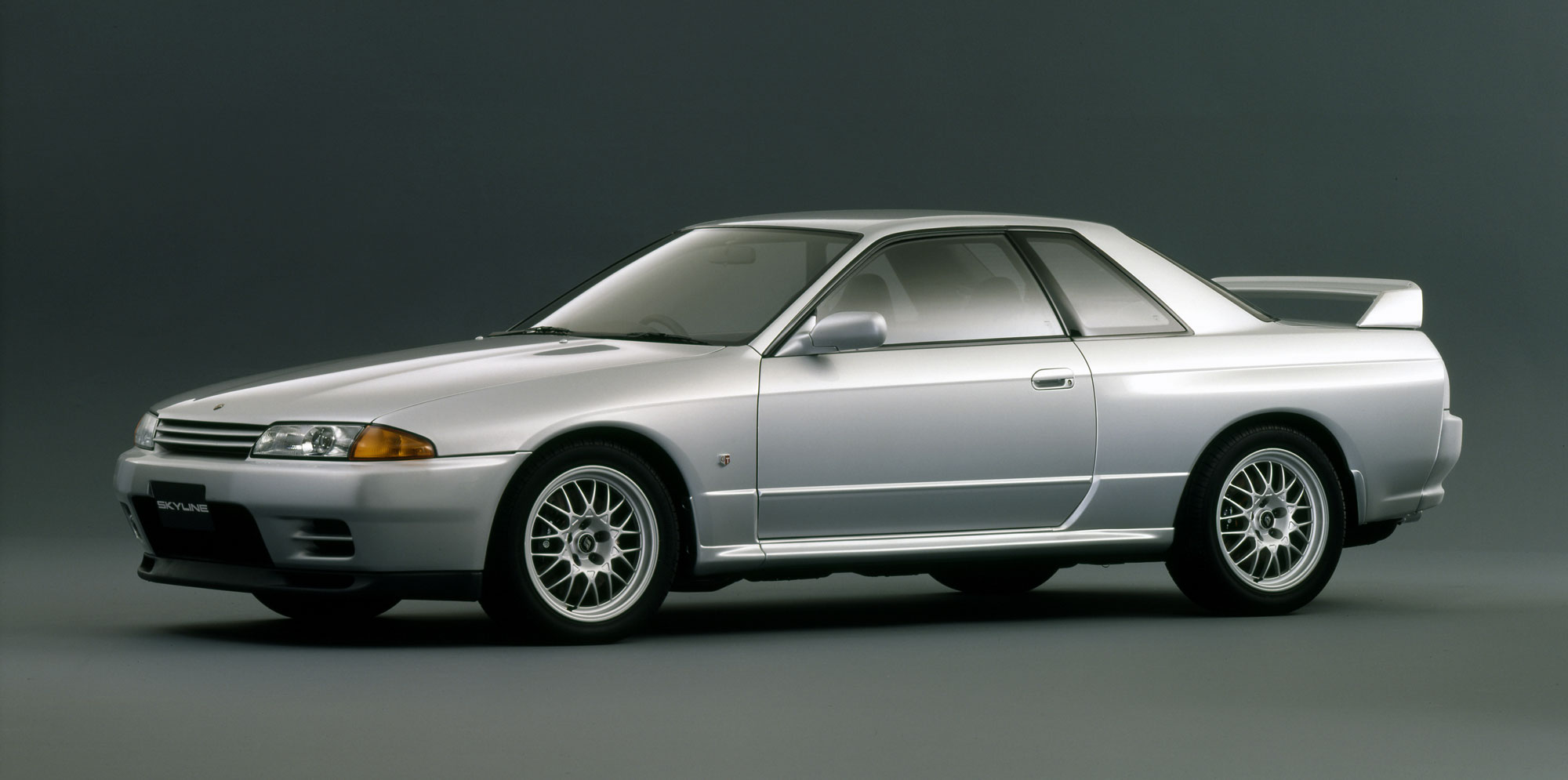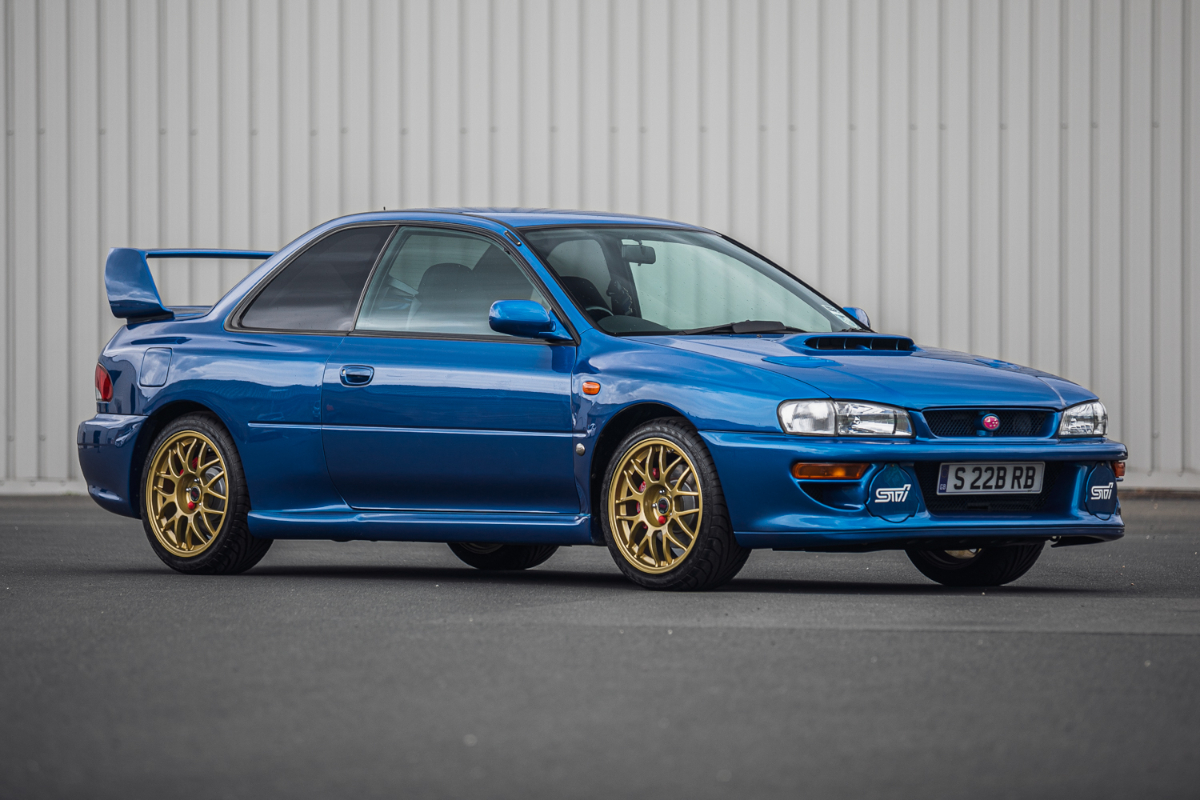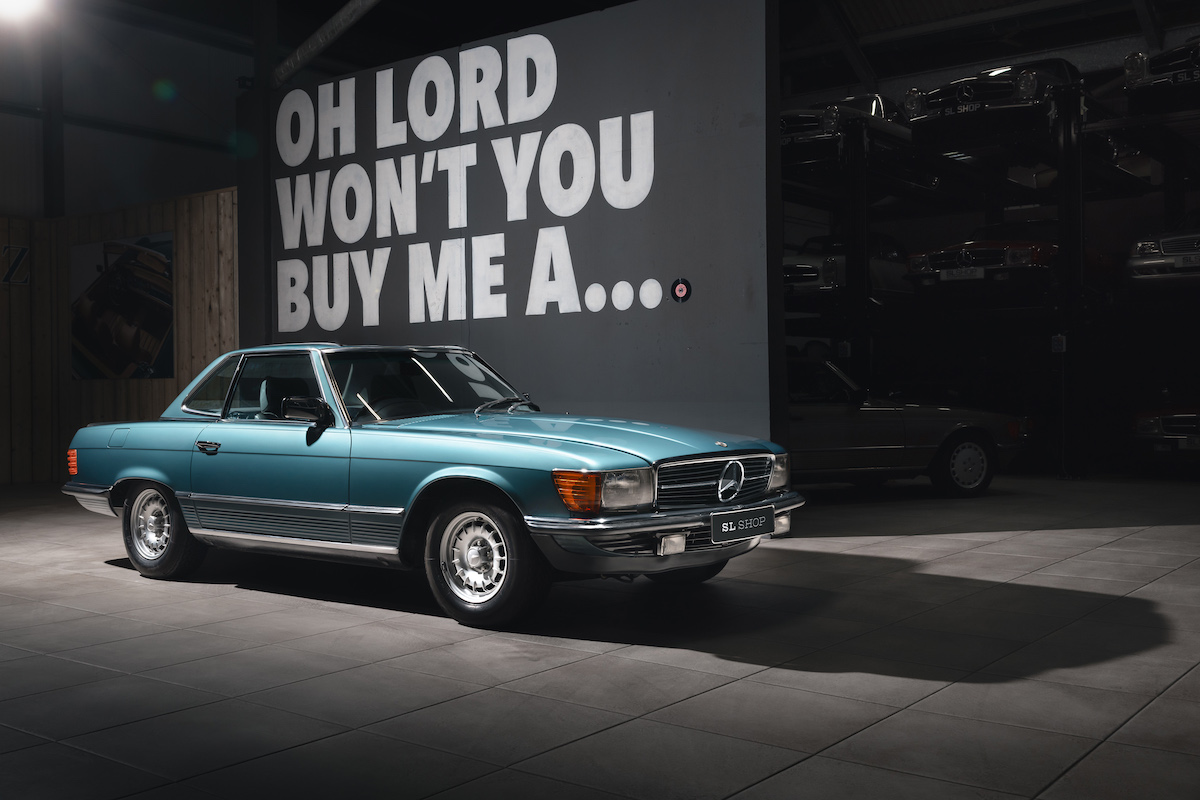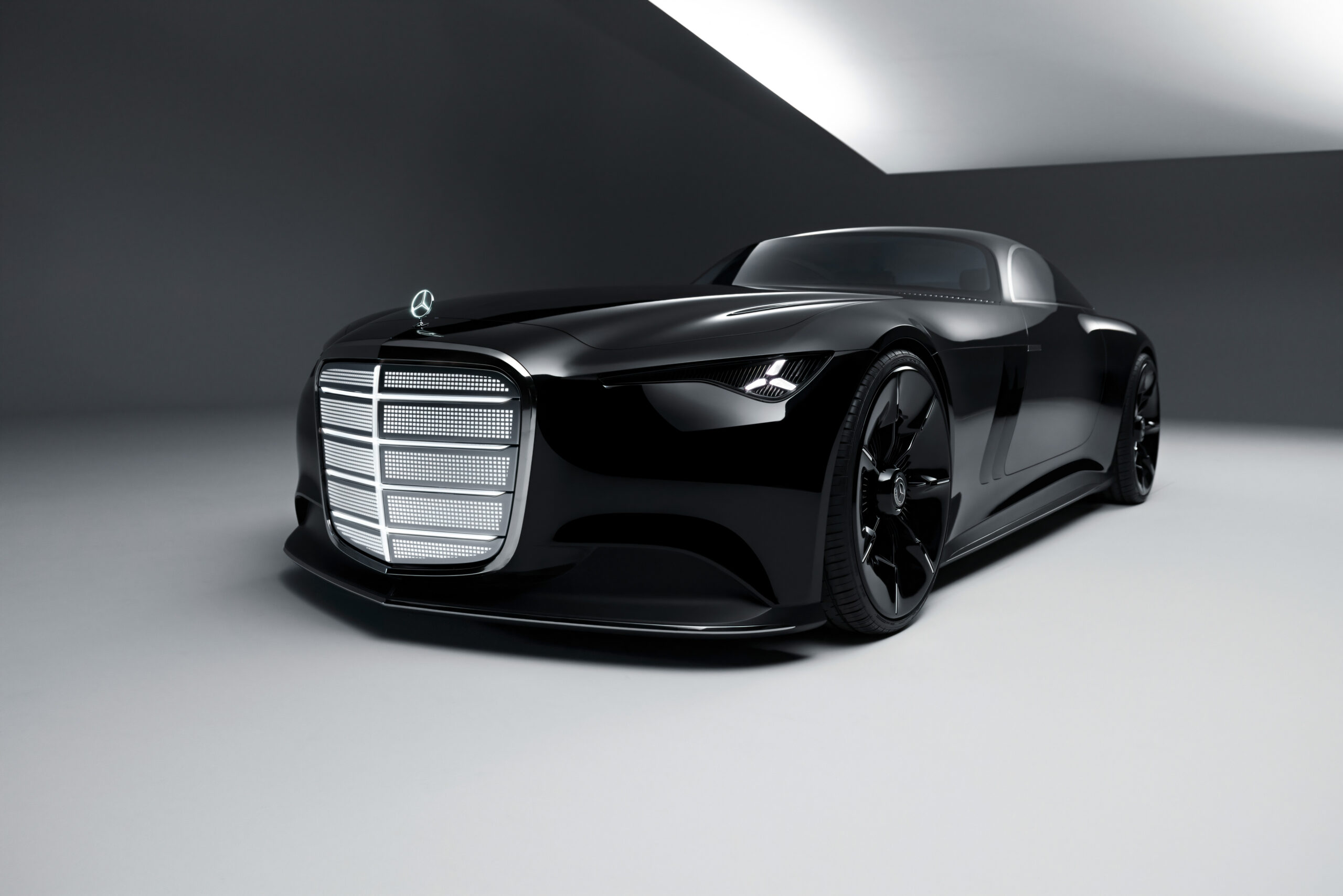Who would have thought that the name of Karmann, so long associated with curvy Volkswagen coupes, could also be responsible for the timeless shape of BMW’s E9 Series.
The first of the Karmann’s graceful two-door, pillarless E9 coupes, the 2800 CS arrived in 1968 as a replacement for BMW’s “Neue Klasse” 200 C and 2000 CS models.
These earlier BMW coupes first appeared in 1965 with a 2.0-litre four-cylinder engine fed by single (2000 S) or twin (2000 CS) carburetors. They were designed by BMW’s chief stylist Wilhelm Hofmeister, who is credited with introducing BMW’s signature “Hofmeister kink” on the rear side window, and Italian designer Giovanni Michelotti.
Boasting bodies were built by Karmann at its factory in Osnabrück, Germany and shipped to BMW in Munich for assembly, the sleek, pillarless coupes boasted similar proportions and styling to the subsequent E9, including the slim A- and C-Pillar, pillars, distinctive long hood, and short rear deck.
They also boasted a distinct four-headlight design that disappeared when the larger and more luxurious E9 Series 2800 CS version made its way onto global markets.
Designed to accommodate BMW’s larger and more powerful M30 inline six-cylinder engine, the E9 coupe was a direct evolution of the 2000 CS, with its bodywork again built by Karmann, albeit with a modified silhouette courtesy of a longer wheelbase and a restyled front-end that resembled the contemporary E3 sedan.
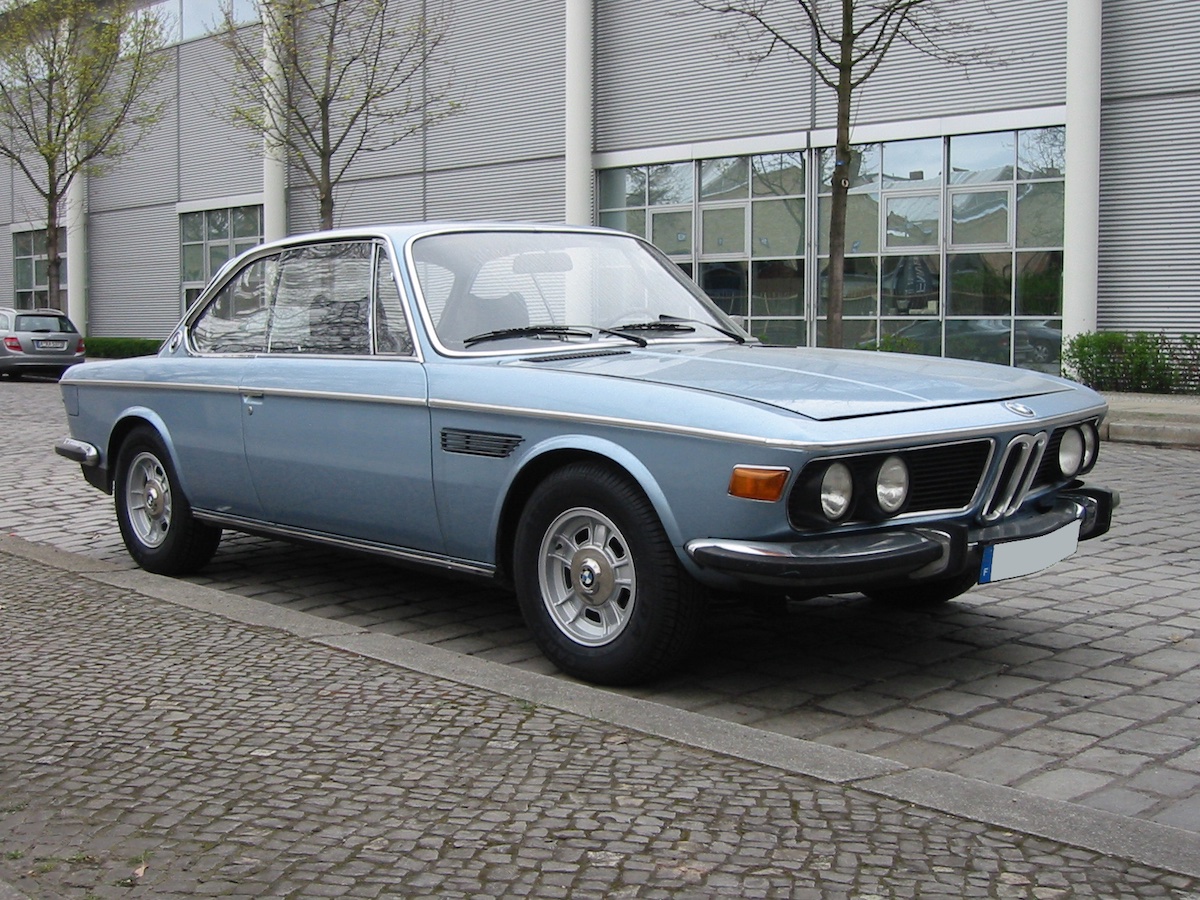
Under its front-hinged bonnet the 2800 CS was radically altered, with two extra cylinders and an 887cc capacity increase. Power from cars with dual Zenith carburetors reached 125kW at 6000rpm and increased again once a 3.0-litre engine and optional fuel injection became available in 1971.
Even before oil embargoes and threats from US authorities of ‘Guzzler’ taxes, Germany’s prestige car manufacturers had been fans of fuel-injection. Mercedes-Benz went first, followed by BMW in 1967 and then Porsche, but there seemed no reason apart from cost for the 2800 not to have fuel injection from the outset.
In May 1972, Australia saw its first carb-fed 3.0 CS and a fuel-injected 3.0 CSi, priced from $16,250. That was almost $3000 more than a standard 2.7-litre Porsche 911 but $2000 less than the Carrera.
The 3.0-litre BMW had appeared a year earlier in Europe and the USA with the twin-carbureted 3.0 CS boasting outputs of 134kW/244Nm and the 3.0 CSi a more muscular 149kW/272Nm.
Also significant to drivers whose BMWs struggled on steep descents were the addition of rear disc brakes plus new manual and automatic transmissions from Getrag and Borg Warner respectively.
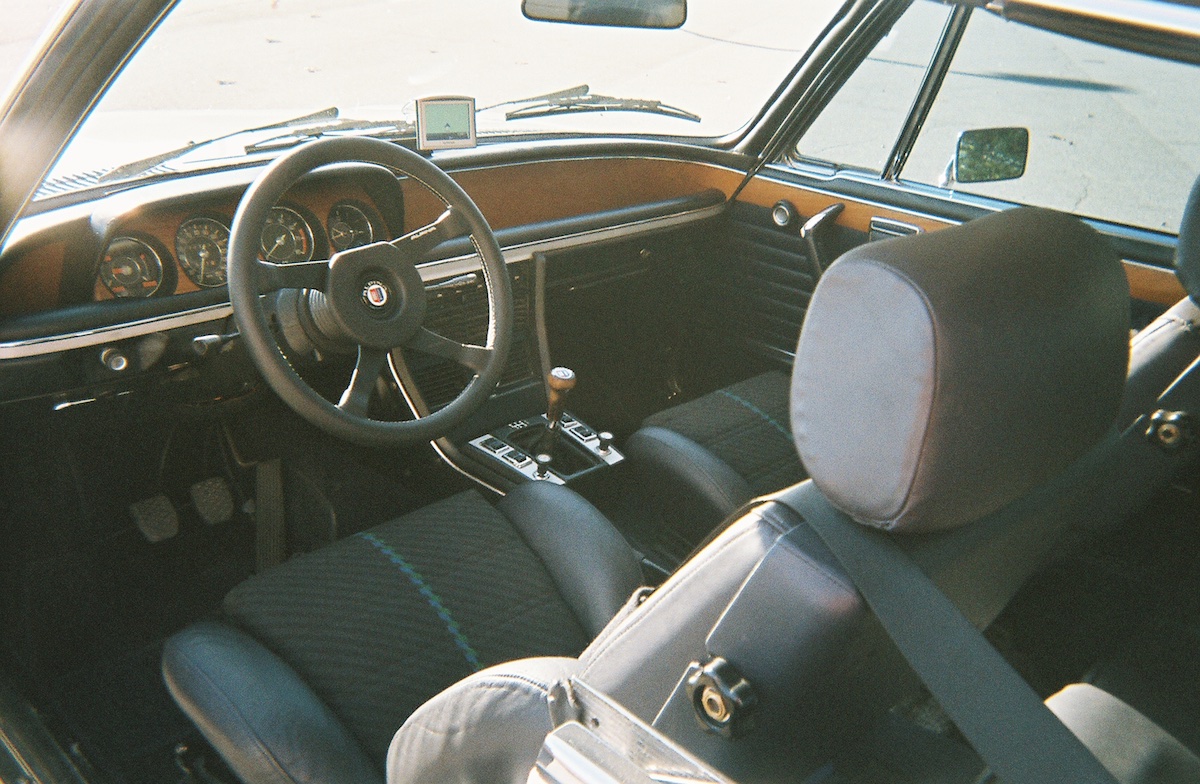
Only one contemporary Australian test of a BMW 3.0 CSi seems to have been conducted, in late 1975 by Sports Car World and involving a privately owned car. As such it didn’t include acceleration runs, so we looked beyond these shores for performance figures, with credible sources clocking a four-speed manual at 7.7 seconds for the 0-100km/h dash, on its way to a top-speed of 235km/h.
BMW engineers wanted the 3.0 CSi to become a tin-top racer but knew it needed some fitness training before it could challenge the brand’s own 2002ti in the European Touring Car Championship (ETCC), let alone Ford’s V6-powered Capris, and Alfa Romeo’s brutal and beautiful GTAm.
At 1420kg the 3.0 CSi was too heavy to be a viable ETCC contender, but that problem was solved in May 1972 with the introduction of the 3.0 CSL. The addition of ‘L’ to this new model’s name designated it as ‘Leicht’, with BMW’s targeted weight-loss shaving around 170kg from its kerb weight.
Designed as a homologation special, the 1250kg 3.0 CSL featured lightweight aluminium bonnet, boot and doors in lieu of steel, and Perspex windows in lieu of glass.
Over the course of a successful six-year run in the ETCC’s Group 2 category the CSL was continuously improved, with BMW engineers improving the car’s power output and aerodynamics, among other things.
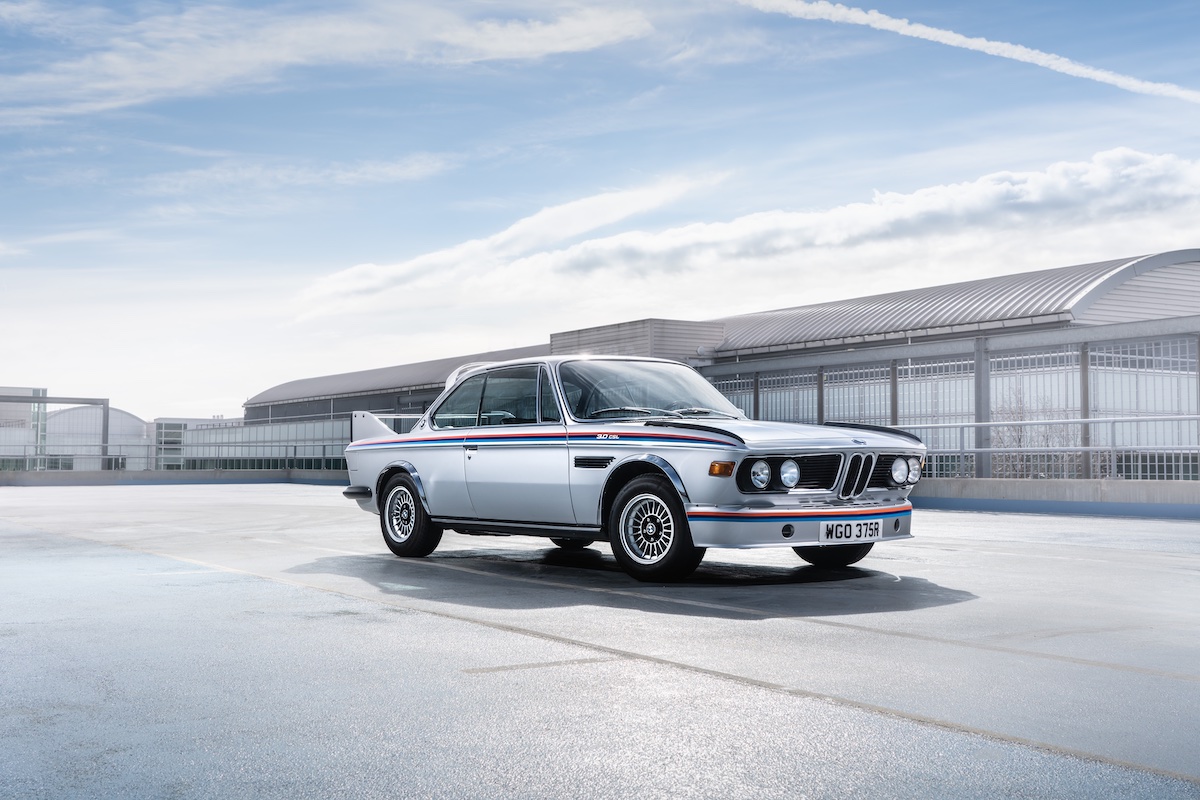
CSL power units began their journey with 2985cc but by 1973 had reached 3153cc. By then, fuel injection had also replaced the original cars’ carburettors and ‘official’ engine output had climbed well past 200kW.
Cars homologated for ETCC Group 2 from 1973 were eligible to run distinctive aero packages comprising a front air dam and mudguard-mounted winglets, roof spoiler and a tall rear wing to maintain stability at places like Le Mans. It is generally believed that 167 of these ‘Batmobiles’ were produced from a total of 1265 CSLs.
Around 500 CSLs were delivered new to British buyers but these cars were not as light as European-delivered cars as the importer insisted on adding uprated Luxury Specification including soundproofing, leather seats, electric windows, heavier stock bumpers and, in some cases, power steering.
More power and big wings made big differences to the CSL, which won its class at Le Mans in 1973 and again in 1976. It also won the 1973 ETCC, before being beaten in 1974 by the Ford Capri, then returned to the top step of the podium from 1975 to 1979.
BMW CSLs with competition history are prized by collectors and very valuable. While road-going cars in excellent condition will reach A$250,000, the Spa 24 Hour winner from 1976 in restored and race-ready condition was recently sold for €490,000 or around A$875,000.
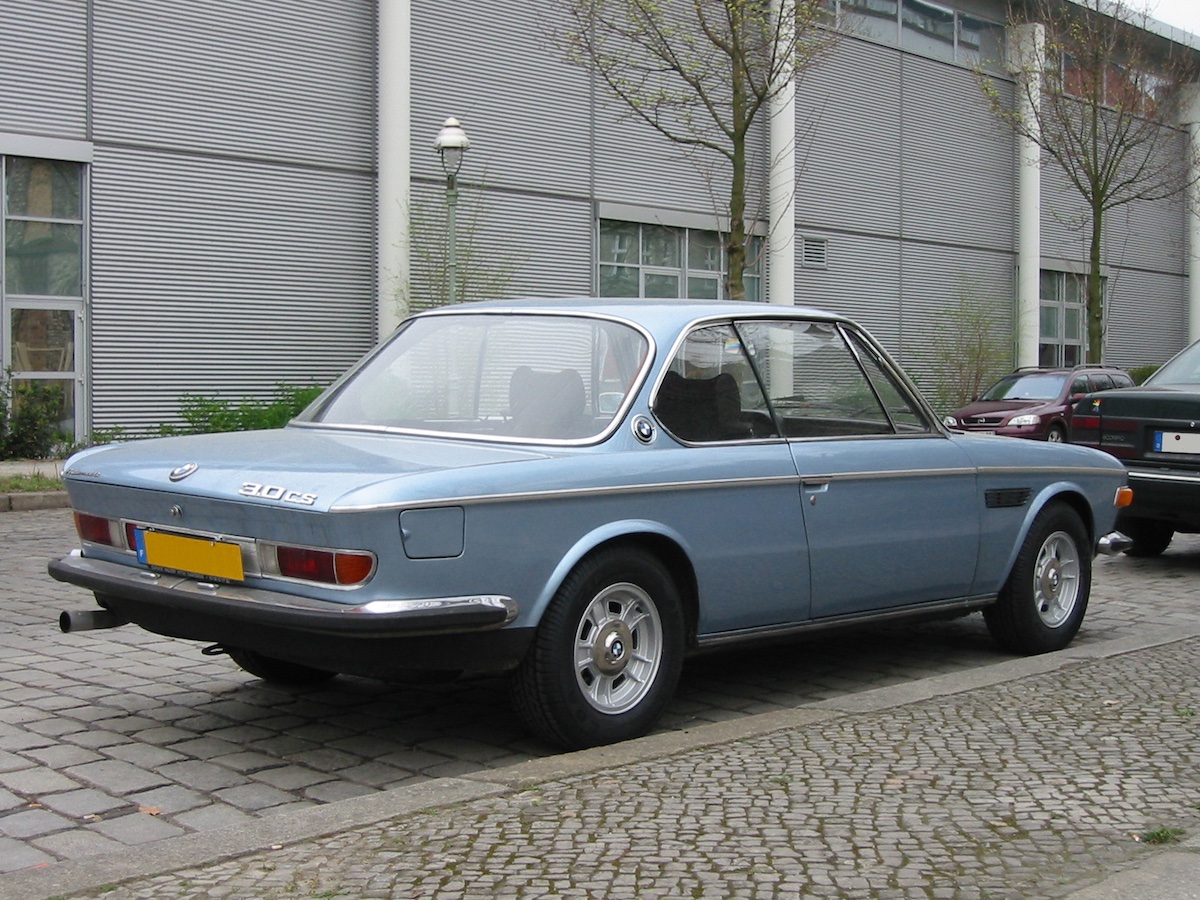
Like other quality cars of the 1970s, the CSi was well built but not well protected against rust. The body and especially the underbody must be carefully checked, even if the car looks impeccable in other respects. Cars available in Australia but which were delivered new to snow-prone countries are a particular risk.
CSLs with lightweight panels are so valuable they will usually have been fettled to repair any dents or corrosion, but a professional pre-purchase inspection will check anyway.
Next, wade through the thick folder of service invoices which should accompany any car you are considering. It will show which components have been overhauled or replaced during recent years.
Where authenticity is important, original trim from overseas suppliers will be preferable to having seat coverings and door facings renewed by a motor trimmer.
Locating an E9 in Australia will be difficult and it may be necessary to travel overseas to find a quality car. Buy carefully and ownership should be exceptionally enjoyable.
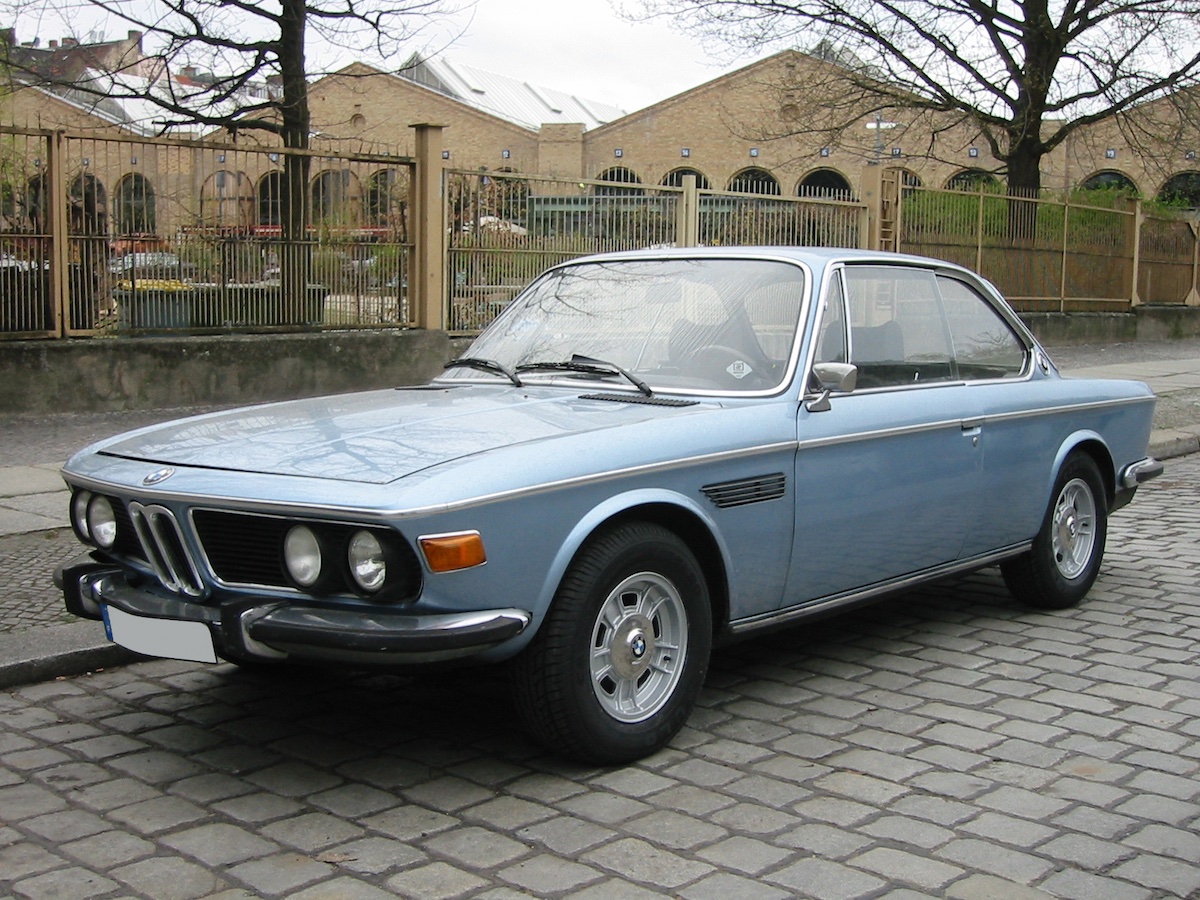
Things to Watch Out For When Buying a Used BMW E9 Series Coupe (1968-76)
- Rust around window apertures, sunroof (if fitted), sills and floors.
- Damage to the bonnet which can be bent by careless closing or by wind gusts when up.
- Fuel smells and leaks from the fuel-injection system.
- Clutch slip and difficult downshifts in manual cars.
- Worn or cracked leather seat facings.
- Damage to the original 16-inch BBS alloy rims. A set in good condition was advertised in 2025 at US$4550 (A$7000), so replacements are expensive.
-
1995$32,000
-
2005$23,500-26.56%
-
2010$26,000+10.64%
-
2015$38,000+46.15%
-
2020$125,000+228.95%
-
2025$145,000+16%(3.0 CSi Auto)

